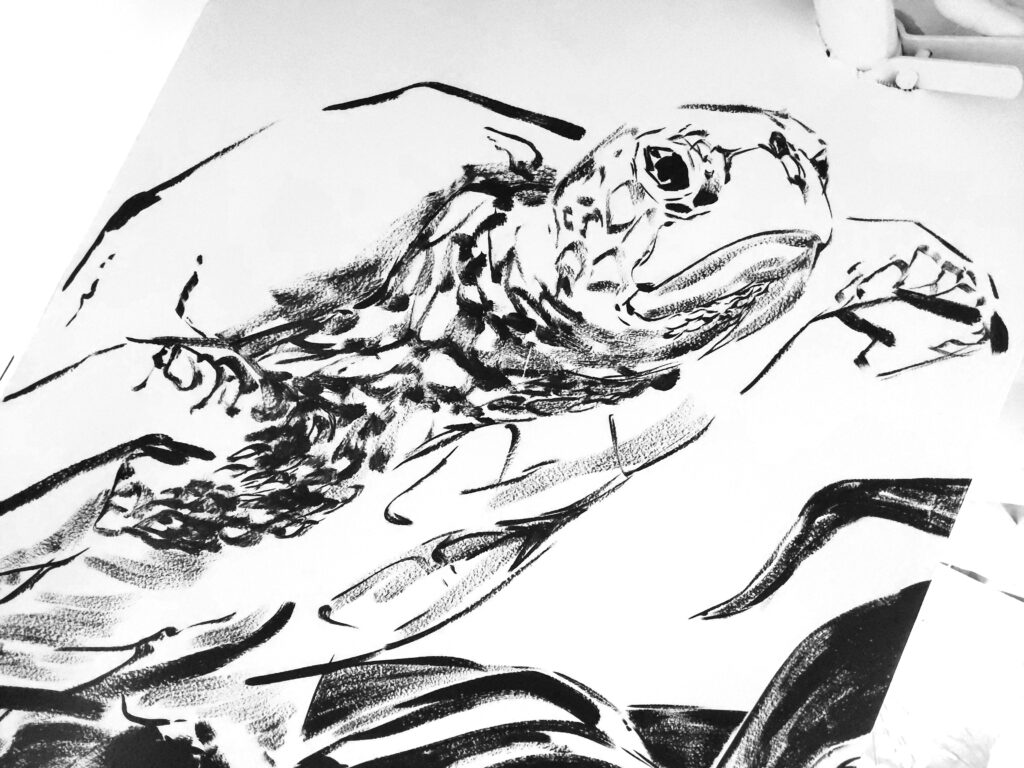How do you explain complex energy concepts to a horde of hyper middle schoolers?
Graphics & Illustrations, Work in Progress! Client TBA when the exhibit opens








Starting in 2018, I worked with Wes Aycock, James Clark, and the rest of the AEDAN design-build crew to create finely crafted landscapes and structures. As of May 2024, I’m moving on to other adventures, and supporting AEDAN on an as-needed basis.
I served as Lead Designer on the following projects, coordinating the design processes and executing most of the design work from Pre-Design through Construction Documents and Construction Admin. Thanks to the owners and build crew for making the magic happen!














Lead Designer: Steven Valenziano
Art Direction & Oversight: Wes Aycock and James Clark (owners of AEDAN Workshop)
Build crew: Scott Dempsey, Jeff Silvius, Carl McCracken, Joe Burns, Tazdyn Sargent
Consultants: Andy Terrell of Lysaght and Associates, Alan Parker of Goliath Tech, Chris Wolfe of Bryant Durham
2 inches of exterior polyiso insulation, continuous air and water barrier, standing seam roofing, cedar T&G + 26ga steel siding, and about 3,876 lessons learned 😅






Illustration, words, and design by SV, as part of a larger publication to be released in 2023. Art direction, editing, font selection by Bike Durham (Carmen Kuan & Justin Laidlaw).






A whole-building environmental mural that aims to immerse visitors in the wonder of nature while integrating tightly with the hands-on museum exhibits…

CREDITS:






Approximately 8×12 feet size, this mural depicts a few of the sculptures that Gizmo Art Production has built and installed in the San Francisco Bay Area.
Other fun stuff scattered throughout: a playful jab at the CEO’s music habit, Janis Joplin’s house, Miss Doubtfire’s house, 3 bikes, moustaches, a very prominent paintbrush, and grafitti by Barry McGee.
Medium: India Ink
I helped scientist Rohan Maddamsetti create a Muller Plot and supporting diagrams for his paper on E. coli evolution. Rohan provided the raw data and we worked together to merge it together into the final diagram using Adobe Illustrator.
The paper was awarded the “1st Centennial Award For Population And Evolutionary Genetics.” More info from the Genetics Society of America.
The full scientific article: Adaptation, Clonal Interference, and Frequency-Dependent Interactions in a Long-Term Evolution Experiment with Escherichia coli
Take a stack of exhibit ideas dreamt up by the Education staff, and turn them into an exhibit in one year, on a tight budget. The exhibit must be movable so that the exhibit hall can be used for large rental events.
Science & Main is one of the most popular exhibits at the Museum, and was achieved at a fraction of the cost of most other exhibits in the museum. See the captioned photos below for details and process photos…
View these projects in more detail:
The Drop Tower enables visitors to repeatably drop a racquetball 20 feet onto an angled surface. The angle and material of the surface can be changed, enabling users to experiment with the 2 variables and discover how they affect the trajectory and bounce height of the ball. The targets provide a goal for visitors to aim for, though many simply experiment on their own.
We built and tested several prototypes to determine whether or not our plans were visitor-friendly, the reliability of the ‘dropper’ mechanism, and the feasibility of the chain conveyor. See images below for more details…
Below are examples of construction drawings I created with Solidworks. They were given to a commercial welding company, who fabricated and delivered the pieces.